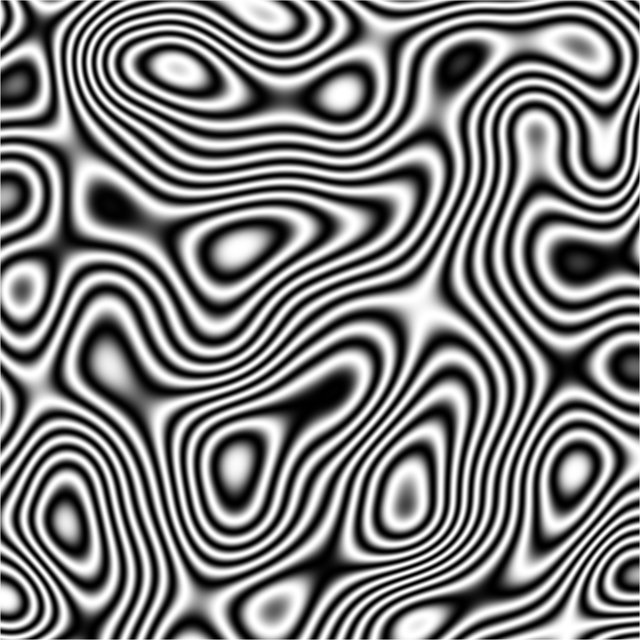Masters Projects
General Remark
|
When you are interested in topics like numerical plasma simulation, high energy astrophysics,
kinetic plasma physics, or Actice Galactic nuclei, feel free to contact me via email. The thesis topics listed below are a shortlist of the most urgent projects. Further topics are available and can be discussed. |
Topics:
Perlin noise as turbulence generator
Supervisor: Felix Spanier
|
Turbulence is an important aspect in many astrophysical fields. It plays a role e.g. in star formation or cosmic ray transport. Numerical simulation of turbulence is rather laborious, which leads to the question how to avoid numerical simulation. "Perlin noise" - a method from computer graphics - offers the possibility to generate synthetic turbulence. In this masters thesis it shall be explored which transport properties of cosmic rays can be reproduced using this synthetic turbulence model. A good start for this thesis are skils in mechanics electrodynamics and programming skills in C++/Python. |
 Image Credit: J. Kosinka |
Modeling the electron energy distribution in the windowless gaseous tritium source of the KATRIN experiment
Betreuer: Felix Spanier
|
The international Karlsruhe Tritium Neutrino (KATRIN) experiment aims at measuring the fundamental mass scale of electron neutrinos with a sensitivity of 200 meV. The heart of the experiment is 10 m long beam tube that is the windowless source of high energy β electrons. These electrons originate from neutral tritium injected into the beam tube, that is pumped off at both ends. Through a series of complicated secondary electron production mechanisms a plasma forms inside the tube. The electric plasma potential has an impact on the initial energy of the primary β electrons, which in turn affects the neutrino mass measurement. Unfortunately a direct measurement of the plasma potential is imposible. Detailed simulations are therefore necessary. The key ingredient to these simulations is the electron energy distribution. Within the windowlss tritium source the neutral gas is ionized by β decay electrons. Through elastic and inelastic colision these electrons cool down to the ambient gas temperature. Within this masters project a more refined model of electron-gas interaction will be implemented. The goal is to determine the electron- and ion-energy distribution at every point within the source. The KARL code has been developed at the KIT as a framework for this kind of calculation. It is based on a Monte Carlo approach. A basic knowledge of atomic, nuclear and particle physics is advantageous, programming skills in C++ and Python are required. |
 Image Credit: KATRIN collaboration |

 Home page
Home page